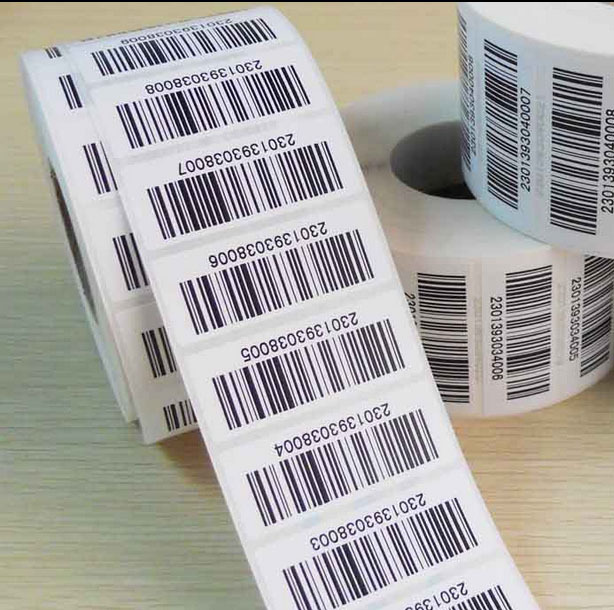Counterfeiting medicines are now considered as bioterrorism as there is a widespread of accounts operating across the globe. There is also share of these reports in America and Europe and certain measures are already being implemented to prevent it from spreading. If you are seeking medications for health complaints in Asia, on the other hand, you must be aware of some countries in the region which are notorious for counterfeited meds that even legitimate pharmacies are oftentimes victims.
The extent of the problem is never known as Asia, obviously, is the largest continent with various cultures and security measures implemented in each country. There is never a definite number being presented and the statistics may fluctuate in every place.
The Peterson Group, a non-profit organization dedicated to the total obliteration of fraudulent acts regarding the manufacture, production, importation, exportation and distribution of counterfeited medicines along with other non-profit organizations, private institutions and government divisions is currently paving ways to measure the real extent of counterfeiting in the region.
Counterfeiting is considered the crime of the 21st century. As technology gets fiercer and security more lax scammers are becoming more fearless. The great concern is for those belonging to developing cities and nations. Cambodia, Laos and Myanmar are of particular target-- peddlers of fake medication use older heroin and methamphetamine smuggling networks around the “Golden Triangle” to get their drugs across borders.
Jakarta, Indonesia and Bangkok, Thailand is another concern. Thankfully, laws in Indonesia are becoming stricter against illegal importation of counterfeit medicines. The only problem which remains to be one of the major issue in the archipelago is its geographical demographic which enables fraudsters to transfer these counterfeits from port to port without being detected.
World Health Organization (WHO) has recently released statements which states that 10-30 percent of medicines are estimated to be counterfeited. Everyone fears that these ambiguous figures are too broad to really know the extent of the problem. Many critics also say that the industry may be growing rapidly than its legitimate counterpart.
Drug counterfeiters not only defraud consumers, they also deny ill patients the therapies that can alleviate suffering and save lives. Increasingly well-organized counterfeiters coupled with sophisticated technologies have allowed criminals to profit from drug counterfeiting at the expense of Asian patients. Unfortunately, there is no consensus on the definition of counterfeit or falsified medicines in Asia. Countries issuing regulations have their own definitions, making information exchange and anti-counterfeit strategies development difficult. The feat of knowing the extent of this issue is still ongoing.


